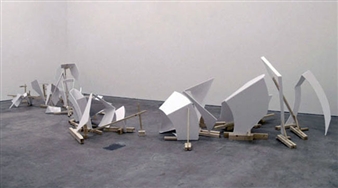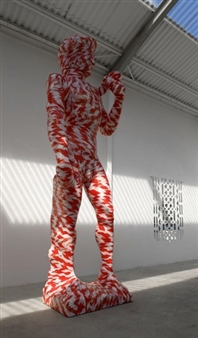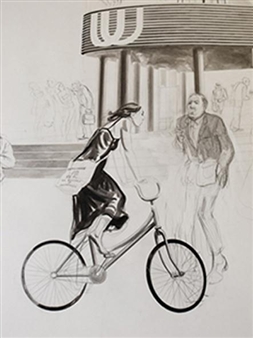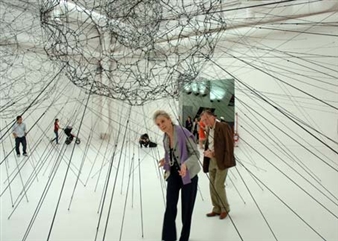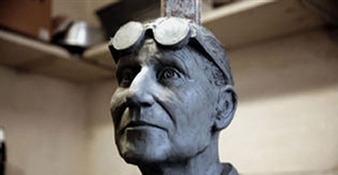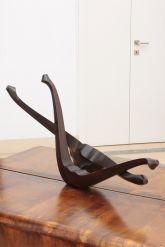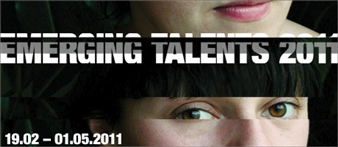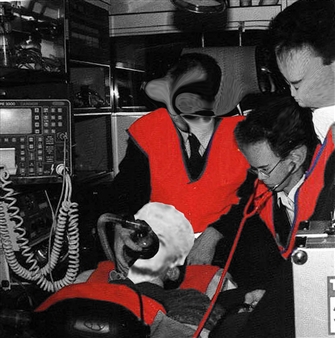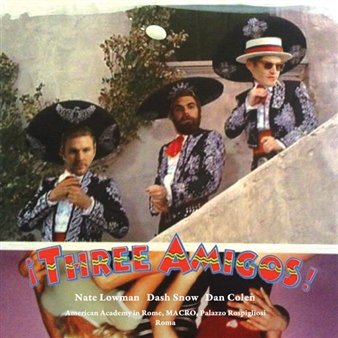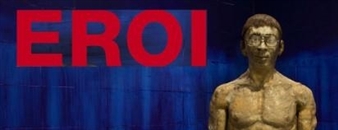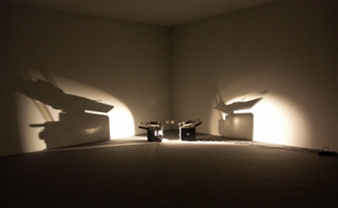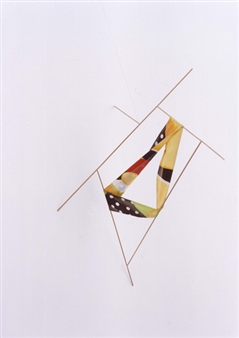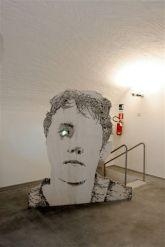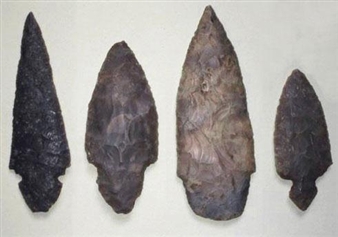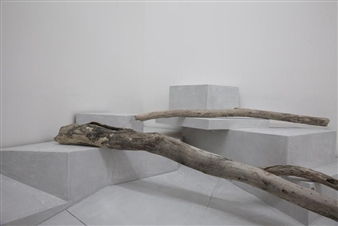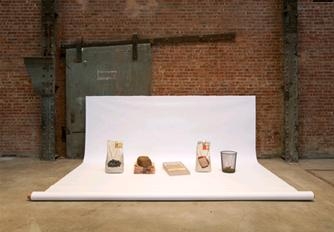Ciprian Mureşan at Museo Pietro Canonica in Villa Borghese, Rome
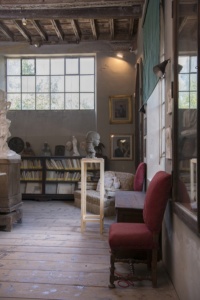
Museo Pietro Canonica, 10/14/2016 - 10/30/2016
Viale Pietro Canonica, 2, 00197 Roma, Italy
The exhibition at Museo Pietro Canonica is the first ever of Ciprian Mureşan in a public institution in Rome. The project is part of a series of exhibitions titled “Fortezzuola”, and sponsored by Roma Capitale – Sovrintendenza Capitolina ai Beni Culturali.
Conceived and curated by Pier Paolo Pancotto, the project aims to stimulate reflections on the relationship between the protagonists of today’s international art scene and Italy, and offers to the public the opportunity to engage for the first time ever with works by artists that are not properly represented, if not completely absent, in the Italian contemporary art context. Nowadays, many foreign practitioners confront themselves with the Italian cultural and historical heritage, facilitating a renewal and reinterpretation of the Italian tradition, of its canons and modalities of production. Each artist is invited to realise an original intervention, designed and produced site-specifically in relation to the historical and structural characteristics of the museum’s galleries, thus following the guidelines of “Fortezzuola” project.
Ciprian Mureşan, after several stays in Rome, has devised a project inspired by the historical and cultural contexts of Museo Canonica that he develops through some of the most recurring expressive processes in his creative way: plastic, graphic, performing and setting. The human figure is their common denominator. It is an ideal tribute to Pietro Canonicas’s work who has centred a lot of his production around this subject. The theme is, for the artist, a starting point for his reflexions on the idea of sculpture and on the meaning that its expressive practice has today and, in the same time, on the opinion about its cultural and social identity both in the past and in the present. For this purpose Mureşan draws on an articulate iconographic repertoire where references to the present merge with historical evocations particularly those of his country of origin, Romania, that he rises to universal prototype in order to look into myths, utopies and contradictions of modern and post-modern world. This creative practice occurs through a sequence of bronze moulds of some sculptures belonging to the Museum of Art Cluj. They are real emblems of the social realism (among these the portrait of a worker, of a peasant, of the poet Mihai Eminescu…) that, under the artist’s work, lose their plastic/volumetric consistency, dematerialize and regain their composure as prints “in negative form” defined by the same Mureşan “air sculptures, empty, with a bronze shell”. The moulds, presented in defined groups, wind through the museum’s rooms and, as a mosaic tesseras, alternate with Canonica’s works integrating morphologically and semantically with them. A similar solution is selected for the paper works. They are placed along the walls of the building where they appear like ghost apparitions, alternating dialectically with the paintings and the furnishing of the permanent collection. The human figure and her visual translation are also protagonist in the video Untitled. The film documents an action conceived by Mureşan, where the painter Adrian Ghenie, as performer, realizes in a few minutes a portrait of Nicolae Ceausescu grasping his superficial physiognomic/morphologic features emphasizing his role as “icon” belonging to collective contemporary imagination where everything is assimilated, metabolized, reinterpreted with the typical speed of the latest communicative and technological systems. The great number of Canonica’s historical portraits exhibited in the Museum echoes the video and offers an ideal setting full of visual and intellectual suggestions.
For More Information